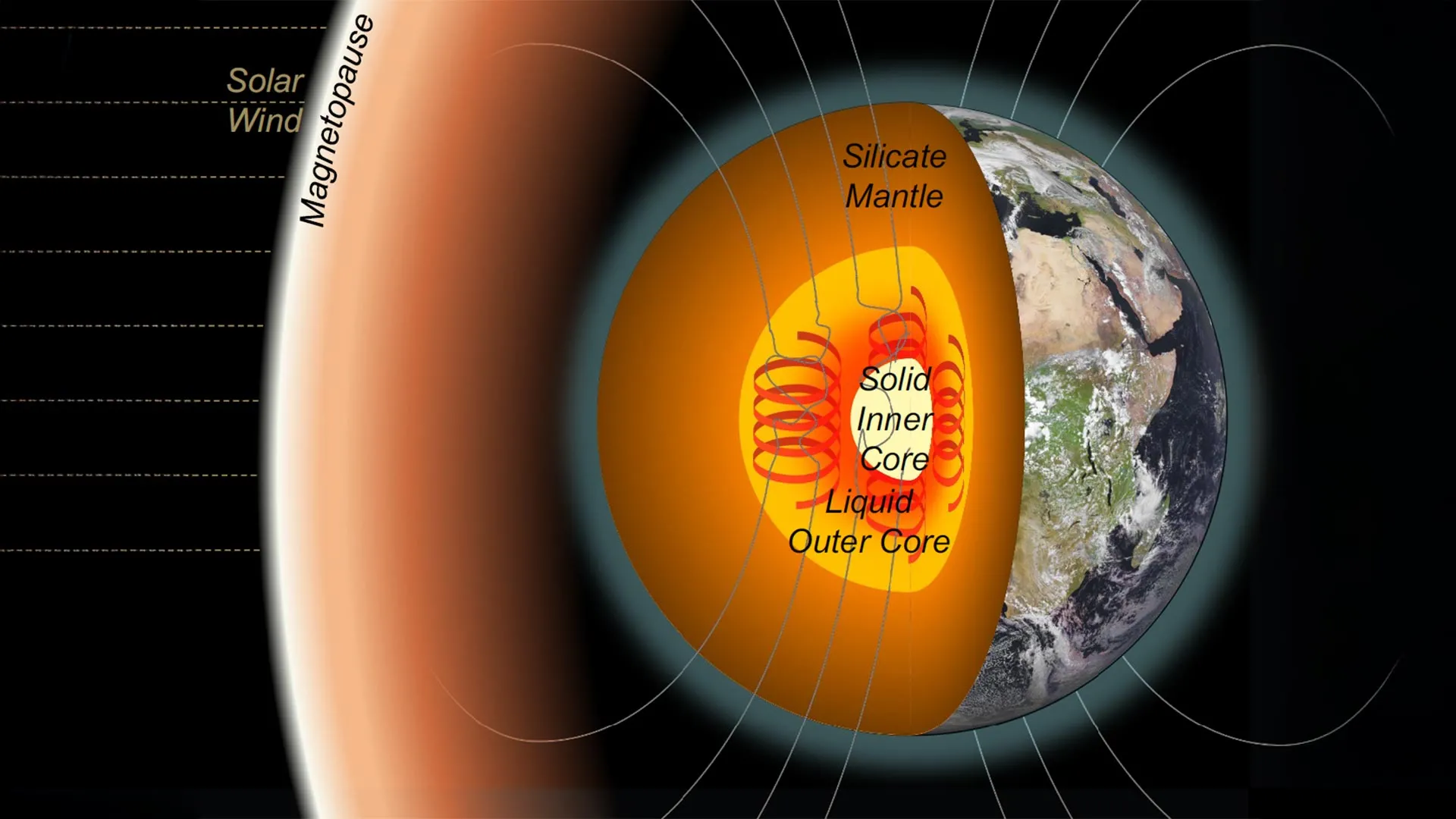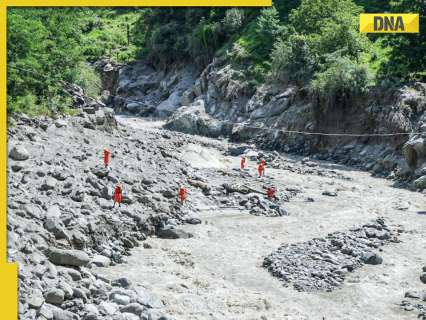Now Reading: Carbon: The Key to Earth’s Inner Core Formation
-
01
Carbon: The Key to Earth’s Inner Core Formation
Carbon: The Key to Earth’s Inner Core Formation

Swift Summary
- A new study by researchers from the University of Oxford, University of Leeds, and University College London has revealed insights into the chemistry of Earth’s core.
- The research shows that Earth’s core requires 3.8% carbon composition to crystallize, making carbon perhaps more abundant in the core than previously thoght.
- Computer simulations tracked nucleation events-small crystal-like clusters forming from liquid-that are critical for freezing the molten outer core into a solid inner core.
- Elements like silicon and sulphur slow down freezing,while carbon accelerates it.
- Simulations reveal that with 3.8% carbon mass in the core, supercooling required for freezing matches observed conditions (266°C), explaining why Earth’s inner core grew without excessive cooling.
- This suggests a pivotal role of carbon in allowing an iron-rich inner core to form over geological timescales without “nucleation seeds.”
- Scientists believe this finding refines our understanding of Earth’s deep interior processes and its magnetic field’s stability throughout history.
Indian Opinion Analysis
The study shedding light on Earth’s inner-core chemistry is significant for geoscience globally but holds particular interest for India due to its implications on planetary science research capabilities in emerging nations like ours. With India already advancing efforts in deep-Earth studies via ISRO and other institutions, such findings underscore how cutting-edge theoretical models can address questions about inaccessible parts of Earth.
india could benefit from strengthening academic partnerships with premier global institutions involved in this work or investing further into computational physics tools needed for such groundbreaking simulations at scale.Furthermore, understanding our planet’s evolution improves our grasp on interconnected fields like climate modeling or earthquake risk analysis-which are particularly pertinent given India’s vulnerabilities to natural disasters.
The identification of carbon as a decisive element adds an intriguing angle: these results could pave paths toward investigating internal planetary dynamics elsewhere (e.g.,Mars). Successfully integrating scientific insights like those seen here will be crucial as India continues contributing knowledge globally while navigating domestic challenges linked directly or indirectly to planetary behavior.



























